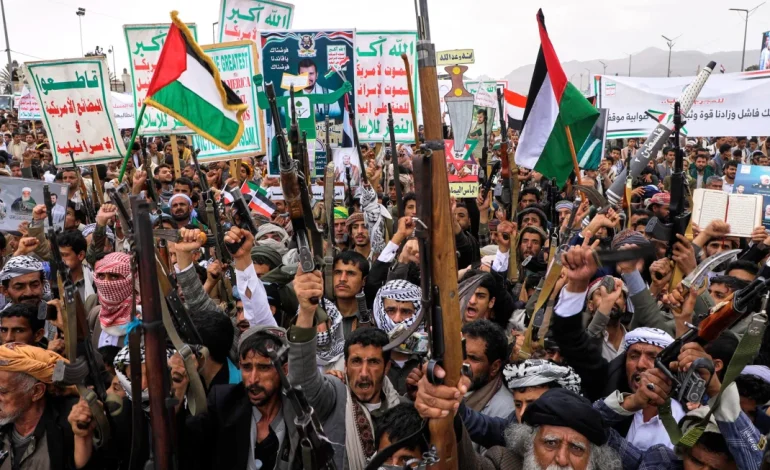Houthi Forces Down Multiple US Drones Amid Intensifying Conflict in Yemen

Over a six-week period, Houthi fighters in Yemen have reportedly shot down seven US MQ-9 Reaper drones, with an estimated total loss exceeding $200 million.
This marks one of the most significant material losses for the United States in its ongoing military campaign targeting the Iran-aligned group.
According to US defense officials, the drones—each valued at approximately $30 million—were conducting surveillance and strike missions when they were brought down between March 31 and April 22. At least three drones were lost in the final week of that period, suggesting that the Houthis’ capability to target high-altitude aircraft may be improving.
The US campaign, launched on March 15 under the directive of President Donald Trump, has involved more than 800 airstrikes on Houthi targets, including weapons depots, command centers, and air defense systems. Central Command spokesman Dave Eastburn stated that these operations have resulted in the deaths of hundreds of fighters and Houthi leaders. These figures, however, have not been independently verified.
Despite the aerial offensive, Houthi leaders continue to launch missiles and drones at shipping vessels in the Red Sea and Gulf of Aden. The group has said their operations aim to pressure Israel into a permanent ceasefire in Gaza. According to US officials, over 150 projectiles—including ballistic missiles and one-way attack drones—have been fired by the Houthis during the same period.
As the US pushes to establish air superiority over Yemen, the downing of Reaper drones has hindered intelligence-gathering and battlefield assessments, both of which are critical to the campaign’s next phase. The drones play a key role in tracking high-value targets and evaluating the effectiveness of strikes, particularly in the absence of US ground forces in Yemen.
Simultaneously, the air campaign has drawn growing scrutiny over civilian casualties. Monitoring group Airwars estimates that between 27 and 55 civilians were killed in March alone, with higher figures anticipated for April. A strike earlier this month at Yemen’s Ras Isa port reportedly killed at least 80 people, prompting concern among US lawmakers.
In a letter to Defense Secretary Pete Hegseth, Senators Chris Van Hollen, Elizabeth Warren, and Tim Kaine questioned whether sufficient safeguards are in place to mitigate civilian harm. They emphasized that civilian casualties can undermine both the legitimacy and strategic effectiveness of military operations.
Meanwhile, questions persist regarding the overall impact of the strikes on Houthi capabilities. Intelligence assessments cited by officials indicate that the group’s leadership structure remains largely intact and that their ability to continue attacks has not been significantly diminished.
The operation has also led to broader strategic debates within the US military. Officials at the Indo-Pacific Command have raised concerns about the reallocation of key military assets—such as aircraft carriers and missile defense systems—away from Asia, where they are considered essential in the event of a crisis involving China.
As the campaign continues, the US has maintained a robust naval presence in the region, including two carrier strike groups. The cost of the operation, which surpassed $1 billion within the first three weeks, continues to rise as daily airstrikes persist.
With input from Al Jazeera, NPR, and CNN.









The latest news in your social feeds
Subscribe to our social media platforms to stay tuned